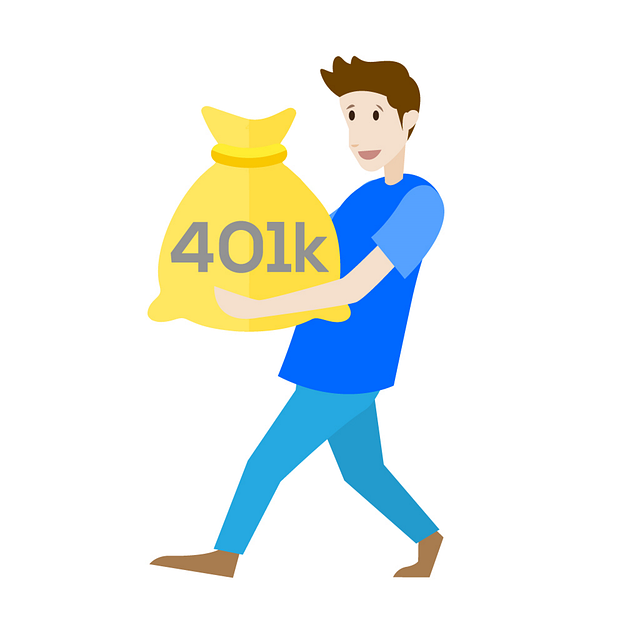High-Interest Savings Options US 2025 for Over-60s with Tax Advantages: A Comprehensive Guide
For Americans over 60, every percentage point of interest can make a big difference in retirement security. With rates improving in 2025, seniors have unique opportunities to grow their money safely while keeping taxes low. This guide shows how to turn ordinary savings into reliable retirement income.

What Are the Key Priorities for Savings Among Over-60s?
Seniors typically prioritize capital preservation, liquidity, and tax efficiency when choosing savings accounts. Unlike younger investors who may focus primarily on growth, over-60s often need immediate access to funds for healthcare expenses, home maintenance, or unexpected costs. Federal Deposit Insurance Corporation (FDIC) protection becomes crucial, ensuring deposits up to $250,000 remain safe regardless of bank failures. Additionally, seniors must consider how different account types interact with Social Security benefits and Medicare premiums, as higher income levels can trigger additional taxes or surcharges.
High-Yield Savings Accounts: Flexible Growth with Low Risk
High-yield savings accounts offer competitive interest rates while maintaining the flexibility seniors need. These accounts typically provide rates significantly higher than traditional savings accounts, often ranging from 4% to 5% annual percentage yield in 2025’s interest rate environment. Online banks frequently offer the most competitive rates due to lower overhead costs, though seniors should ensure these institutions provide adequate customer service and easy account access. The combination of FDIC insurance and no lock-up periods makes high-yield savings accounts particularly suitable for emergency funds and short-term savings goals.
CDs and Money Market Accounts: Locking in Better Returns
Certificates of deposit and money market accounts provide different risk-return profiles for seniors seeking higher yields. CDs offer guaranteed returns by locking funds for specific periods, with longer terms typically providing better rates. Money market accounts blend features of savings and checking accounts, often requiring higher minimum balances but offering check-writing privileges and debit card access. These options work well for seniors who can predict their cash flow needs and want to earn higher returns on funds they won’t need immediately.
Comparison of 2025 Savings Accounts: Rates Terms and Minimum Deposits
| Account Type | Provider | Interest Rate (APY) | Minimum Deposit | Key Features |
|---|---|---|---|---|
| High-Yield Savings | Marcus by Goldman Sachs | 4.50% | $0 | No minimum balance, online banking |
| High-Yield Savings | Ally Bank | 4.35% | $0 | 24/7 customer service, mobile app |
| 12-Month CD | Discover Bank | 4.80% | $2,500 | FDIC insured, automatic renewal options |
| Money Market | Charles Schwab | 4.25% | $25,000 | Check writing, ATM access |
| 18-Month CD | Capital One | 5.00% | $0 | No minimum deposit, competitive rates |
Prices, rates, or cost estimates mentioned in this article are based on the latest available information but may change over time. Independent research is advised before making financial decisions.
Tax Advantages with IRAs: Protecting Income from Taxes
Individual Retirement Accounts provide significant tax advantages for over-60s, particularly those still working or recently retired. Traditional IRAs offer tax-deferred growth, while Roth IRAs provide tax-free withdrawals in retirement. Seniors over 59½ can withdraw from IRAs without early withdrawal penalties, making these accounts more flexible than for younger savers. Required Minimum Distributions begin at age 73 for traditional IRAs, but Roth IRAs have no such requirements during the owner’s lifetime. IRA savings accounts within these structures can provide conservative, tax-advantaged growth while maintaining relatively easy access to funds.
Understanding contribution limits becomes important for working seniors. In 2025, individuals over 50 can contribute up to $8,000 annually to IRAs through catch-up contributions. This allows seniors to maximize tax-advantaged savings in their final working years while building a foundation for tax-efficient retirement income.
The landscape of savings options for Americans over 60 in 2025 offers numerous opportunities to balance growth, safety, and tax efficiency. High-yield savings accounts provide flexibility and competitive returns, while CDs and money market accounts offer structured approaches to earning higher yields. Tax-advantaged IRA options can significantly impact long-term financial health by reducing current or future tax burdens. Seniors should evaluate their individual circumstances, including cash flow needs, risk tolerance, and tax situation, when selecting among these options. Regular review of account performance and changing personal needs ensures that savings strategies remain aligned with evolving financial goals throughout retirement years.




